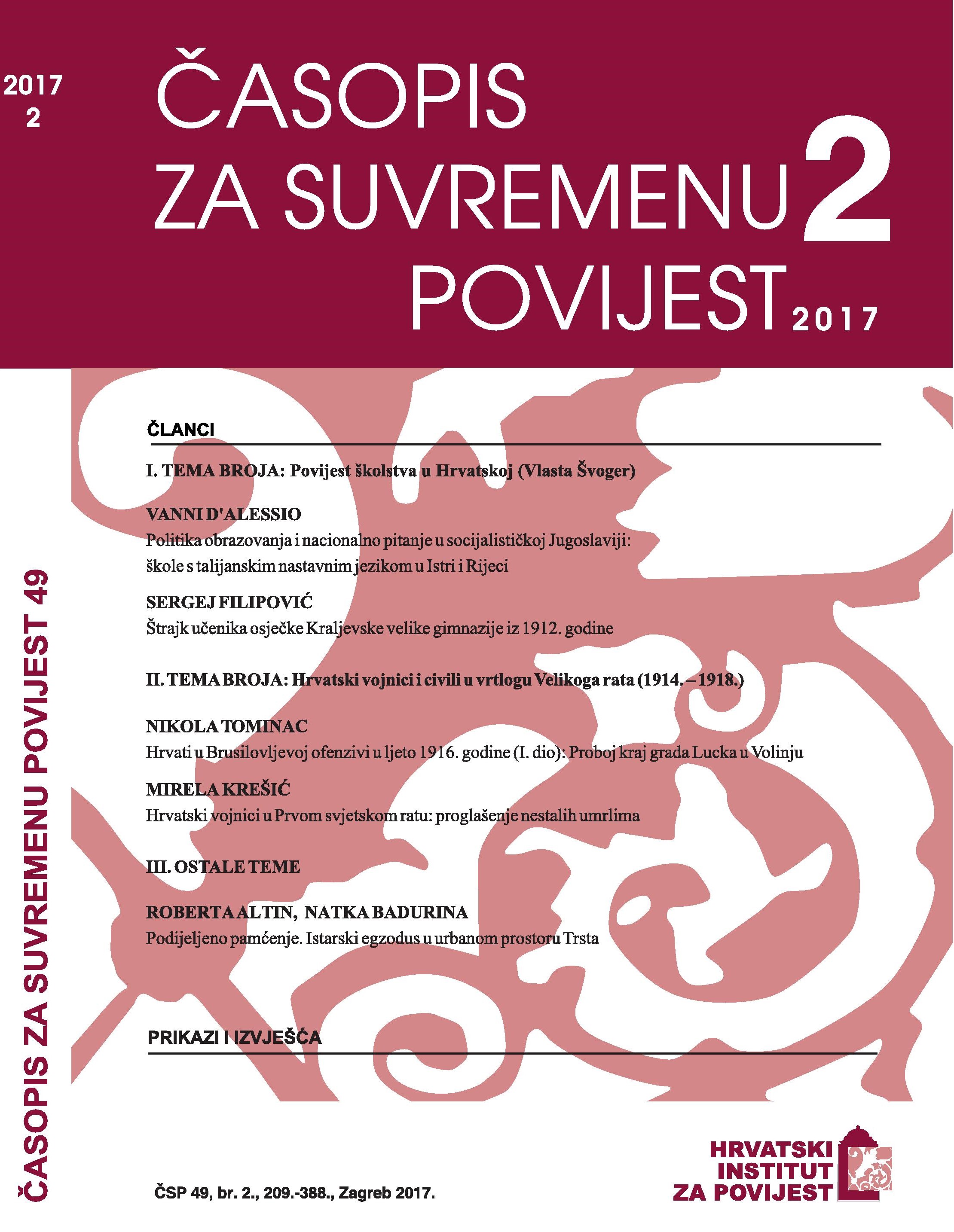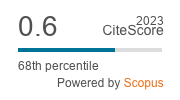Croatian soldiers in world war I: declaration of death “in absentia”
DOI:
https://doi.org/10.22586/csp.v49i2.30Keywords:
World War I – The Great War; declaring missing persons dead; Croatian soldiers; probate proceedings; Croatia and SlavoniaAbstract
Many Croatian soldiers participated in the war of 1914 – 1918, mostly fighting on the side of Austria-Hungary. Some of them lost their lives, some returned to their families after the end of the war, but there were also those who disappeared without trace in the confusion of the war. A missing person isn’t necessarily dead, but the fact that it’s not known whether he or she is alive or dead creates uncertainty in their family as well as legal uncertainty. It is precisely to eliminate such legal uncertainty that the legal system provides for the presumption of death, which generates the same legal effect as death. On the territory of Croatia and Slavonia, the process of declaring a missing person dead was regulated through the Declaration of Death Act (1918).
Declaring missing soldiers dead had various legal effects. The regulation of the missing person’s position regarding inheritance can be considered the most important of these. Therefore, this paper, based on the above-mentioned legal framework and with insight into archival documents, attempts to determine how and under which conditions the procedure of declaring missing soldiers dead was conducted as well as how this influenced the conducting of probate proceedings, regardless of whether the missing person was a testator and/or an heir. In case the competent court issued a final ruling to declare a missing person dead, the date of death established by court ruling was considered a contestable legal presumption, where the ruling had an exclusively declaratory character.
Downloads
Published
How to Cite
Issue
Section
License
Copyright (c) 2017 authors and journal

This work is licensed under a Creative Commons Attribution-NonCommercial 4.0 International License.
Copyright holders are the publisher Croatian Institute of History and the authors. Journal of Contemporary History is an Open Access journal. Users are allowed to read, download, copy, redistribute, print, search and link to material, and alter, transform, or build upon the material, or use them for any other lawful purpose as long as they attribute the source in an appropriate manner according to the Creative Commons licence CC BY-NC. The papers published in Journal of Contemporary History can be deposited and self-archived in the institutional and thematic repositories providing the link to the journal's web pages and HRČAK. Journal does not charge article processing charges (APC). The editors assume no responsibility for statements of fact or opinion made by contributors.




